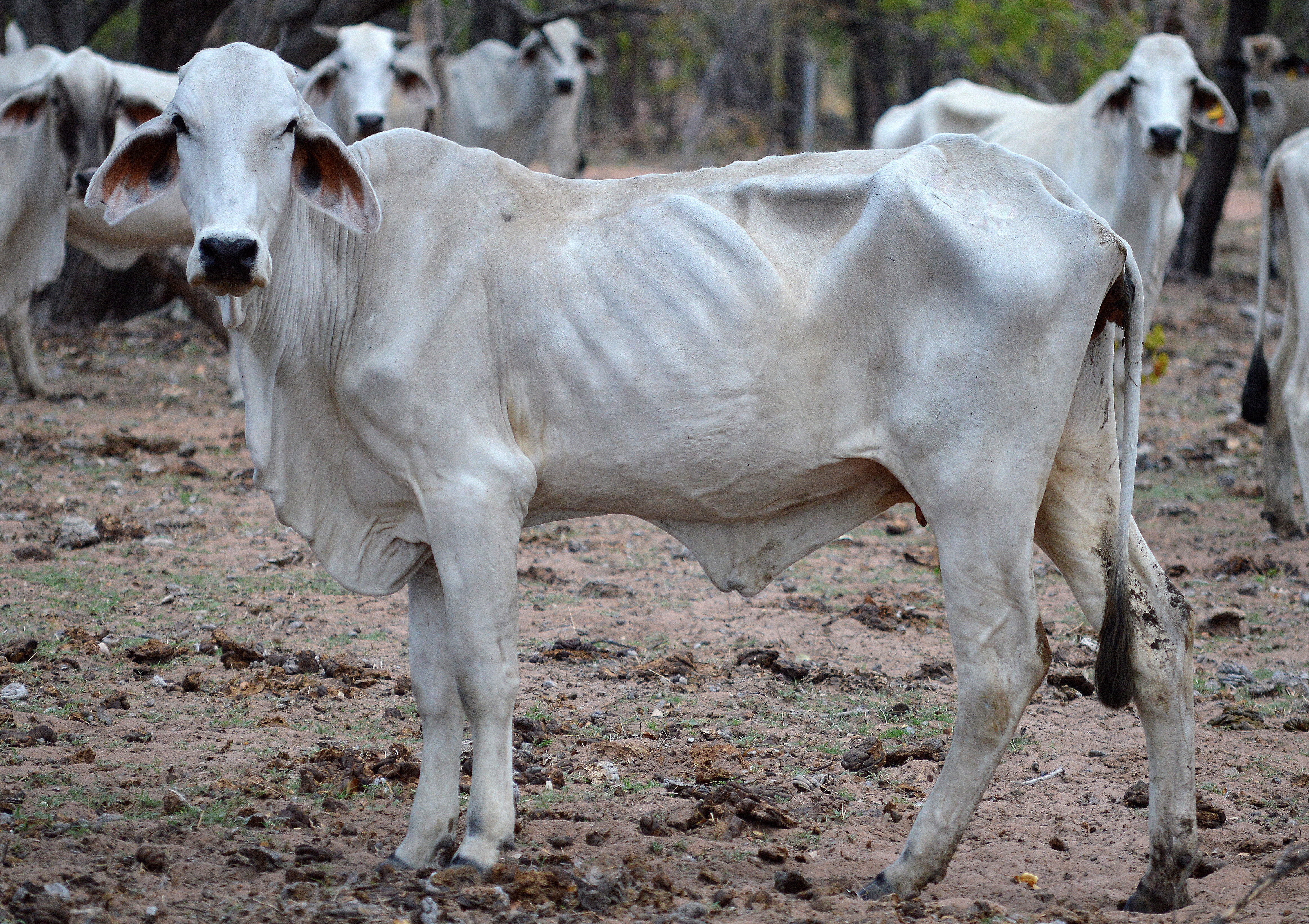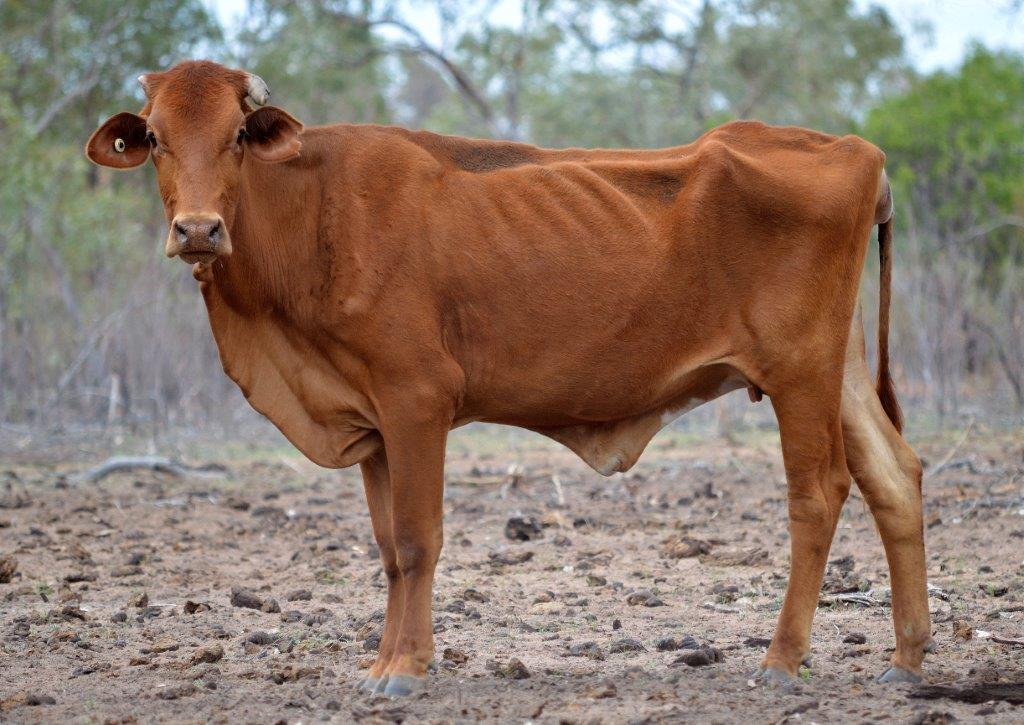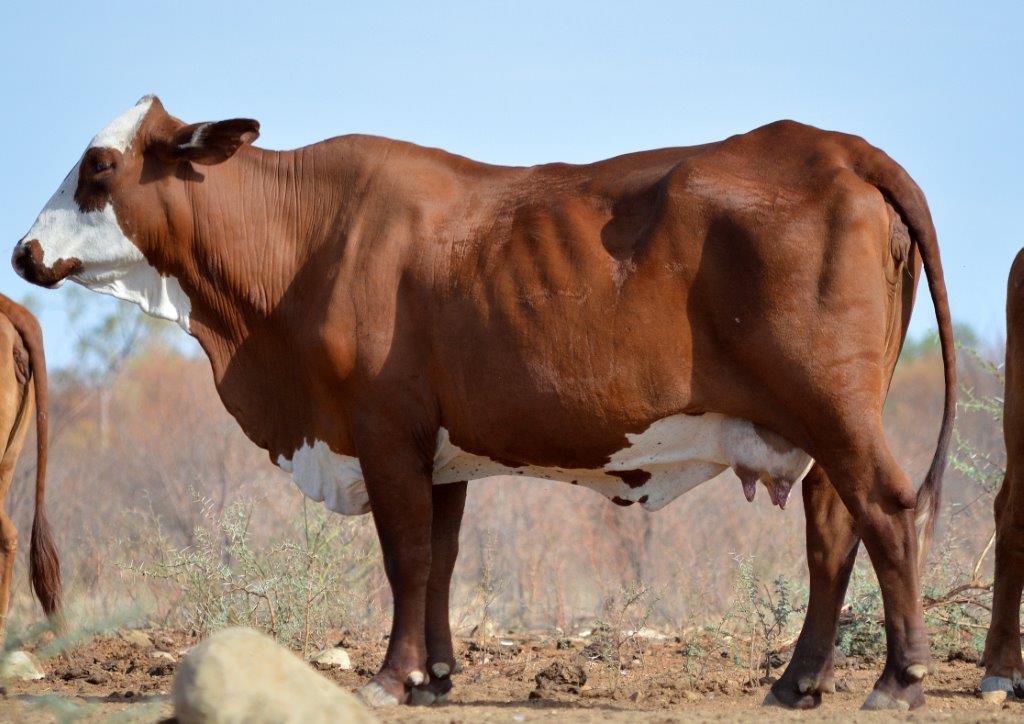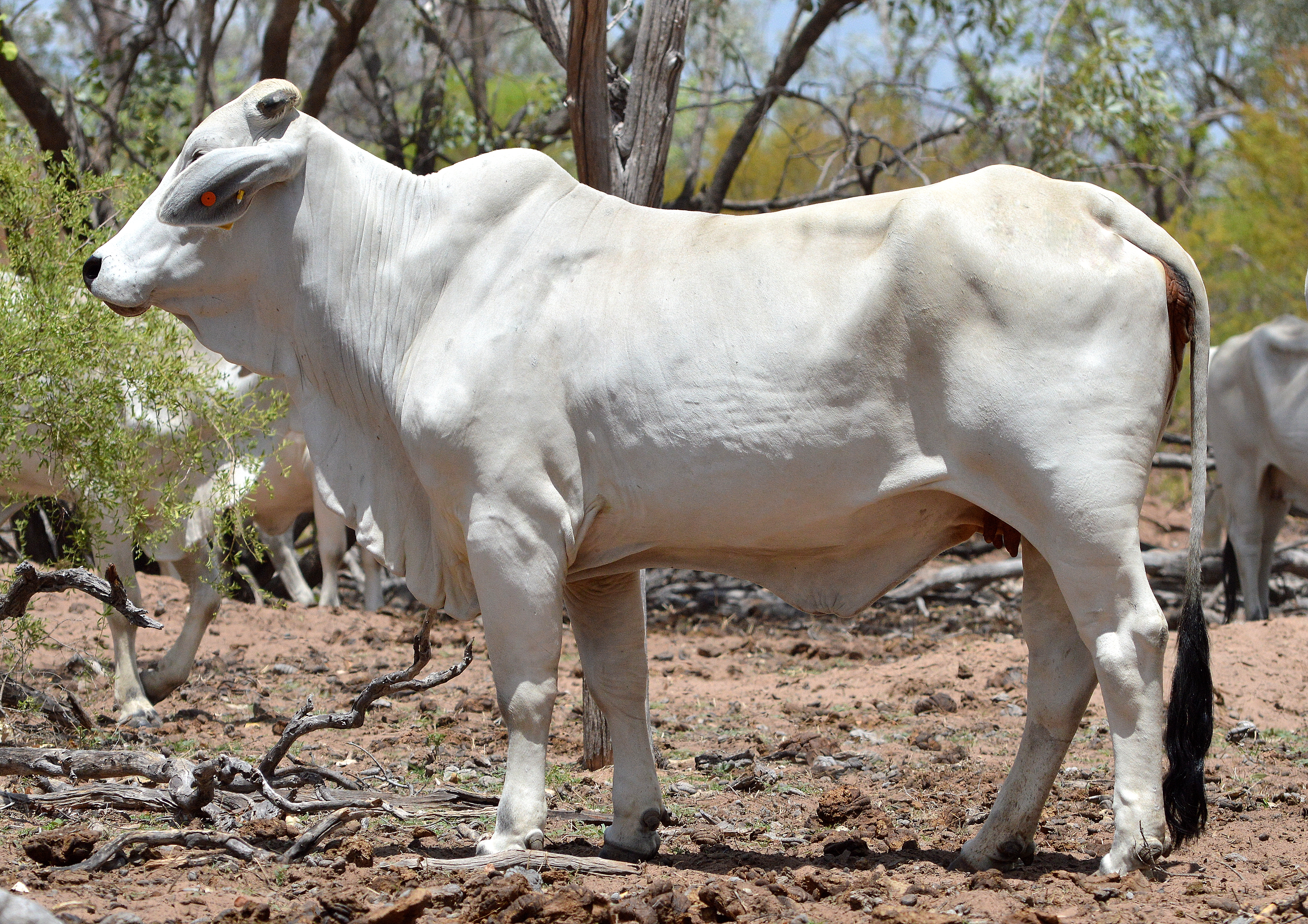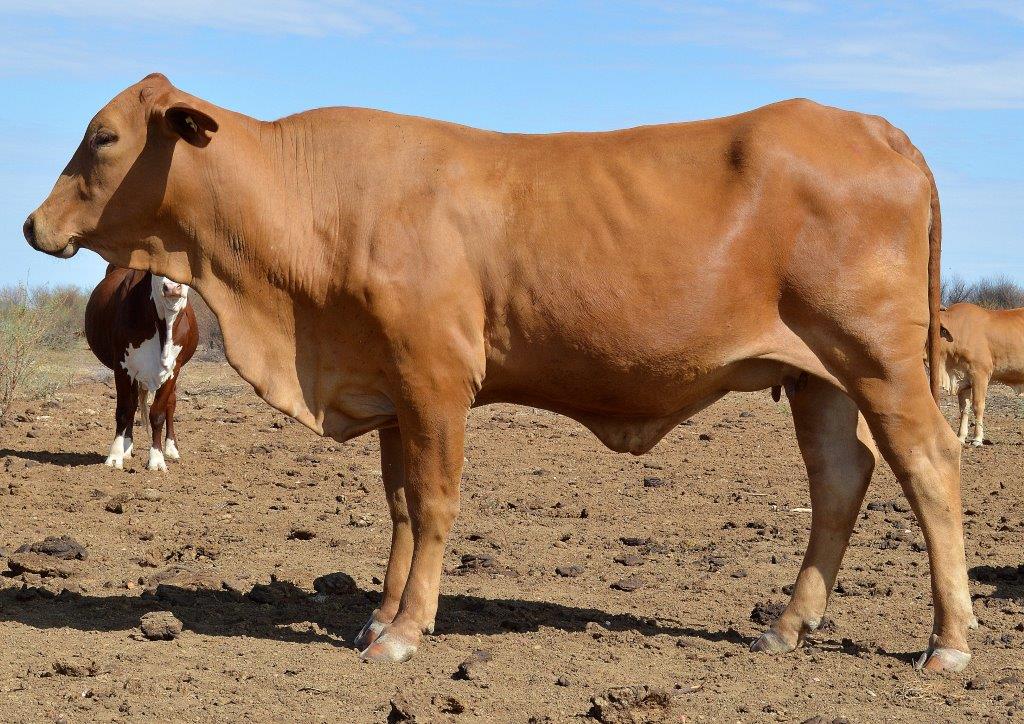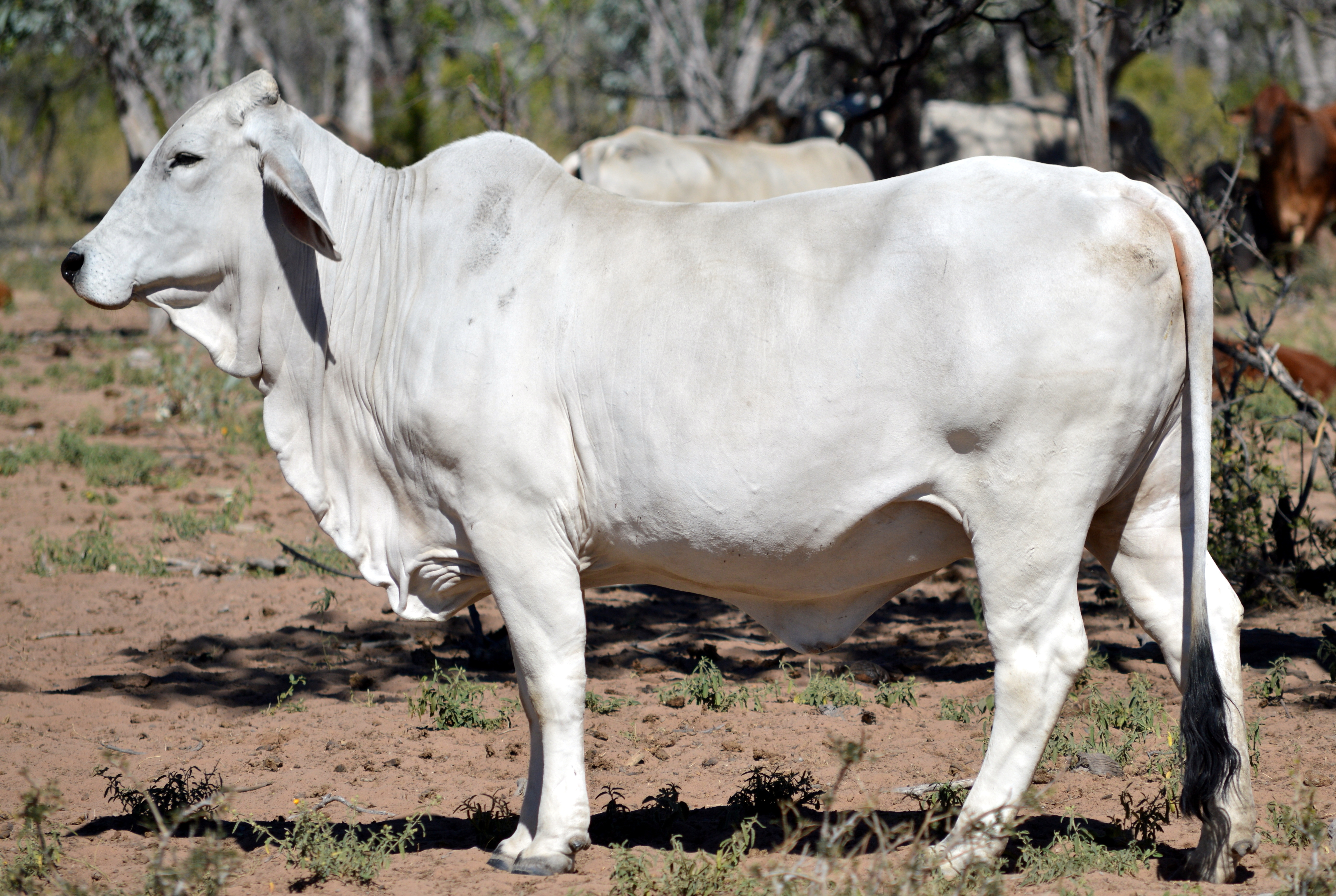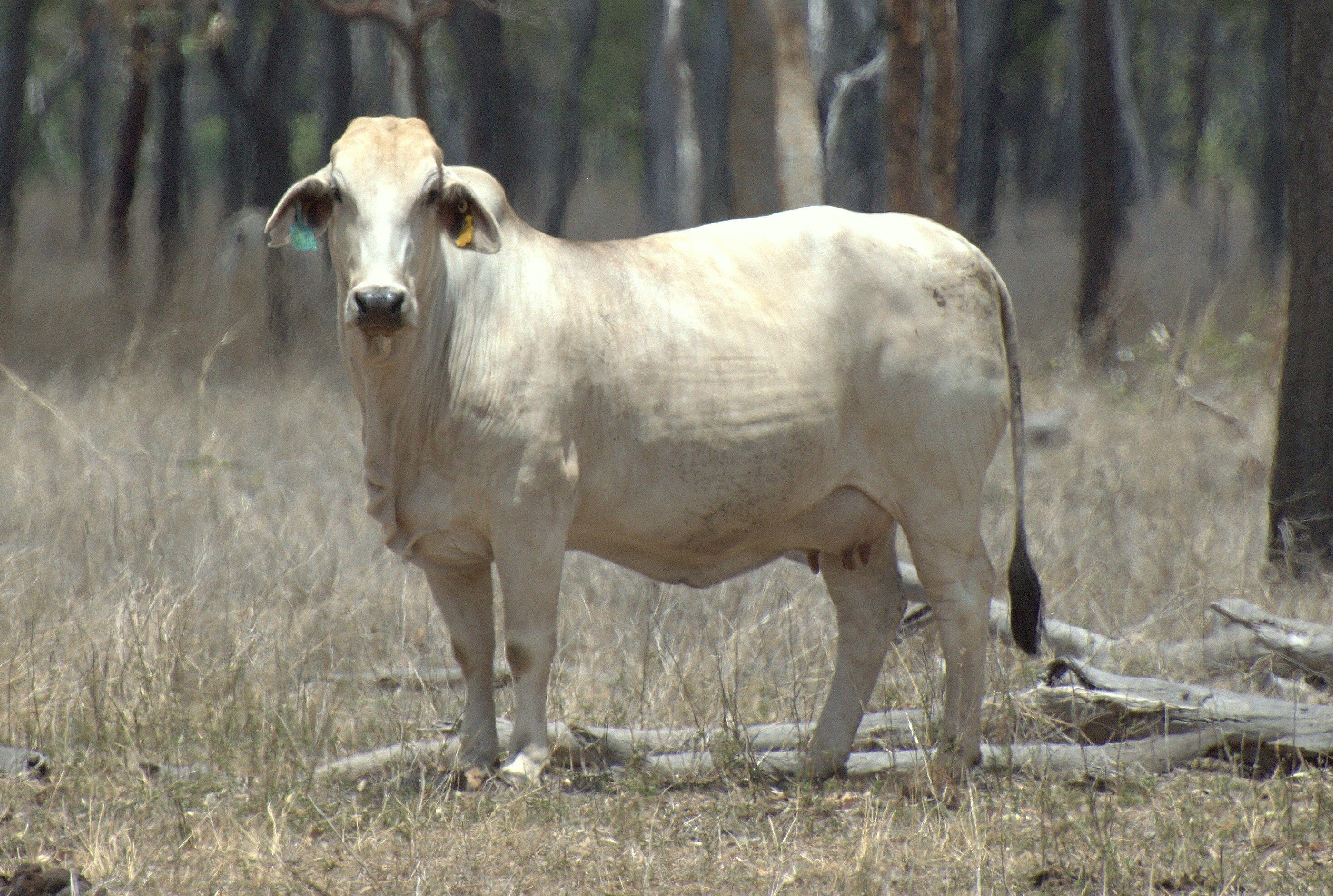Photos: Jo Miller, formerly Queensland Government. Click here for a two-page print-friendly copy.
Body condition scoring — the key to breeding
Body condition score is an important driver of business profitability and in this video, Eric Simon (cattle producer from May Downs in Queensland) discusses three key topics that help optimise fertility in his cow herd.
Managing breeder condition: body condition score
In this presentation, Bernie English (Senior Beef Extension Officer, Department of Agriculture and Fisheries, Mareeba) outlines the importance of breeder condition, body condition score, breeder management and how condition can be managed to maximise production from your breeding herd. 11:17 minutes published 2 April 2012 by FutureBeefAu.
For more information and resources in assessing and managing body score condition, please visit these FutureBeef website pages:
Find the contact details of your nearest beef cattle extension officer by clicking here. Otherwise, if you are in Queensland, you can contact the Department of Agriculture and Fisheries Customer Call Centre on 13 25 23 (within Queensland) or 07 3404 6999.
